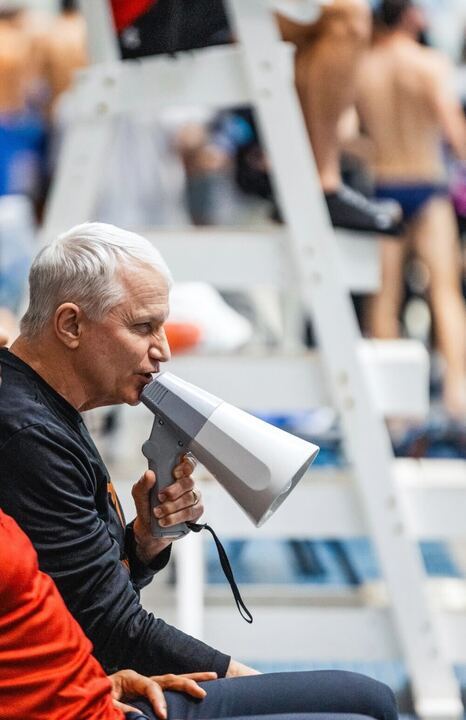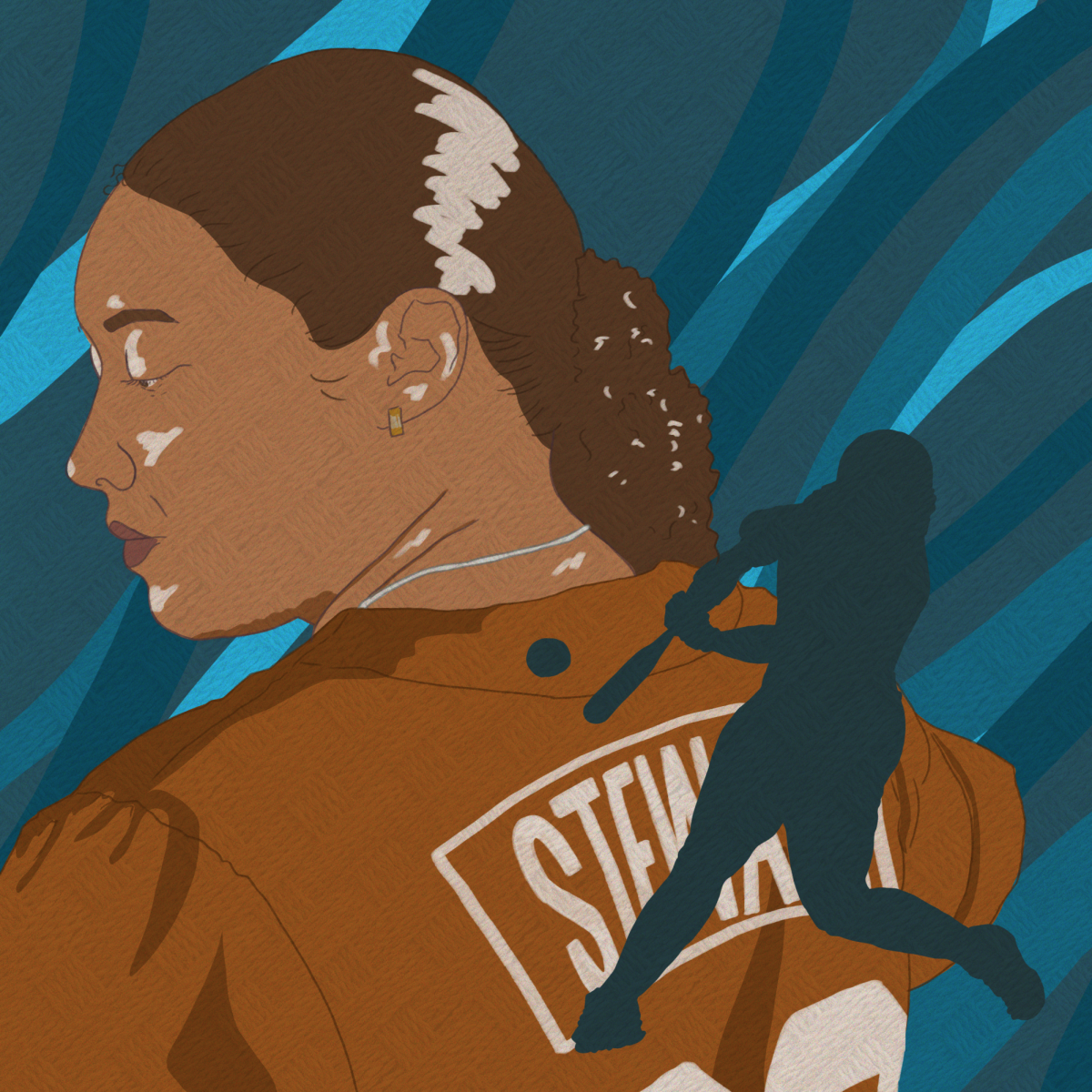While so many people choose to blame last season’s offensive disaster on quarterback Garrett Gilbert, it would be unfair to do so without remembering that he had little to no ground game relief.
In 12 games, Texas averaged about 150 rushing yards per game. For the Longhorns to get back to a bowl, that number needs to rise by 50. Even the best of quarterbacks need some help.
Gilbert should get that from a group of complimentary backs: Fozzy Whittaker, Cody Johnson, Traylon Shead, Jeremy Hills and D.J. Monroe.
Forgetting somebody? Oh yes, that Malcolm Brown fellow.
Whittaker, the fifth-year senior, looks like the starting tailback entering the Sept. 3 opener against Rice. But given his injury-riddled past — he has missed some amount of time in each of his three seasons — he’ll need to split a lot of carries to preserve his health, and that’s where Malcolm Brown (if Texas fans have their way) comes in. The freshman from Cibolo Steele High School enters Austin with soaring expectations not seen since Cedric Benson’s first year one decade ago. Whether or not he’ll be able to accomplish what he did in high school — 6,663 career rushing yards and 86 touchdowns — remains to be seen, although head coach Mack Brown did his best to slow down the hype machine a bit at Big 12 Media Days, saying “he had a good high school career, but we won’t know how good he is until he puts the pads on.”
Whittaker has been helping Malcolm Brown get adjusted to the feel of college life and has even made him feel more comfortable in a uniform. When he got to campus, he asked Whittaker if jersey number 28 (the number he wore at Cibolo Steele) was available.
“I told him I had worn it the past few seasons, but that I might be able to give it to him,” Whittaker said.
The switch made sense for both sides, as Whittaker will wear number 2 this season, which is what he wore in high school at Pearland.
“Changing numbers works for him, and it works for me,” he said.
Johnson swapped numbers as well this offseason, going from 31 to 11, but he made a bigger change too, switching from tailback to fullback. The 5-foot-11-inch, 250 pound bruiser shouldn’t have any problems with run or pass blocking, and he’ll still be used in goal line situations.
“Cody will do what we ask him to,” Mack Brown said. “We’re not worried about that.”
Shead and Hills provide depth at tailback. Both redshirted last season — Hills in order to preserve two more years of eligibility and Shead to help get acclimated to big-time college football after coming from tiny Cayuga High School. Hills is the younger brother of former Longhorn and current Steeler offensive lineman Tony Hills, and Shead, like Malcolm Brown, enjoyed a historic high school career, setting the state record for career yardage.
There is also the curious case of D.J. Monroe, last year’s fan favorite and a lightning rod of (former offensive-coordinator) Greg Davis resentment. In limited touches, Monroe did special things with the football. But that’s what irritated fans so much: his touches were never anything more than limited. Monroe lacks the size to be an every-down back or even in contention for a spot in the regular rotations but could thrive in special packages to utilize his speed: sweeps, screens and bubble passes.
Six guys who expect the ball might sound like a crowd, but the Longhorns need all the help they can get in order to get back to running the ball.
“Our running game has been inconsistent since Jamaal Charles left,” Mack Brown said. “We have to get back to running it well and being a more physical team.”
Printed on Thursday, July 28, 2011 as: Revamped run game focused on production to relieve quaterbacks




















